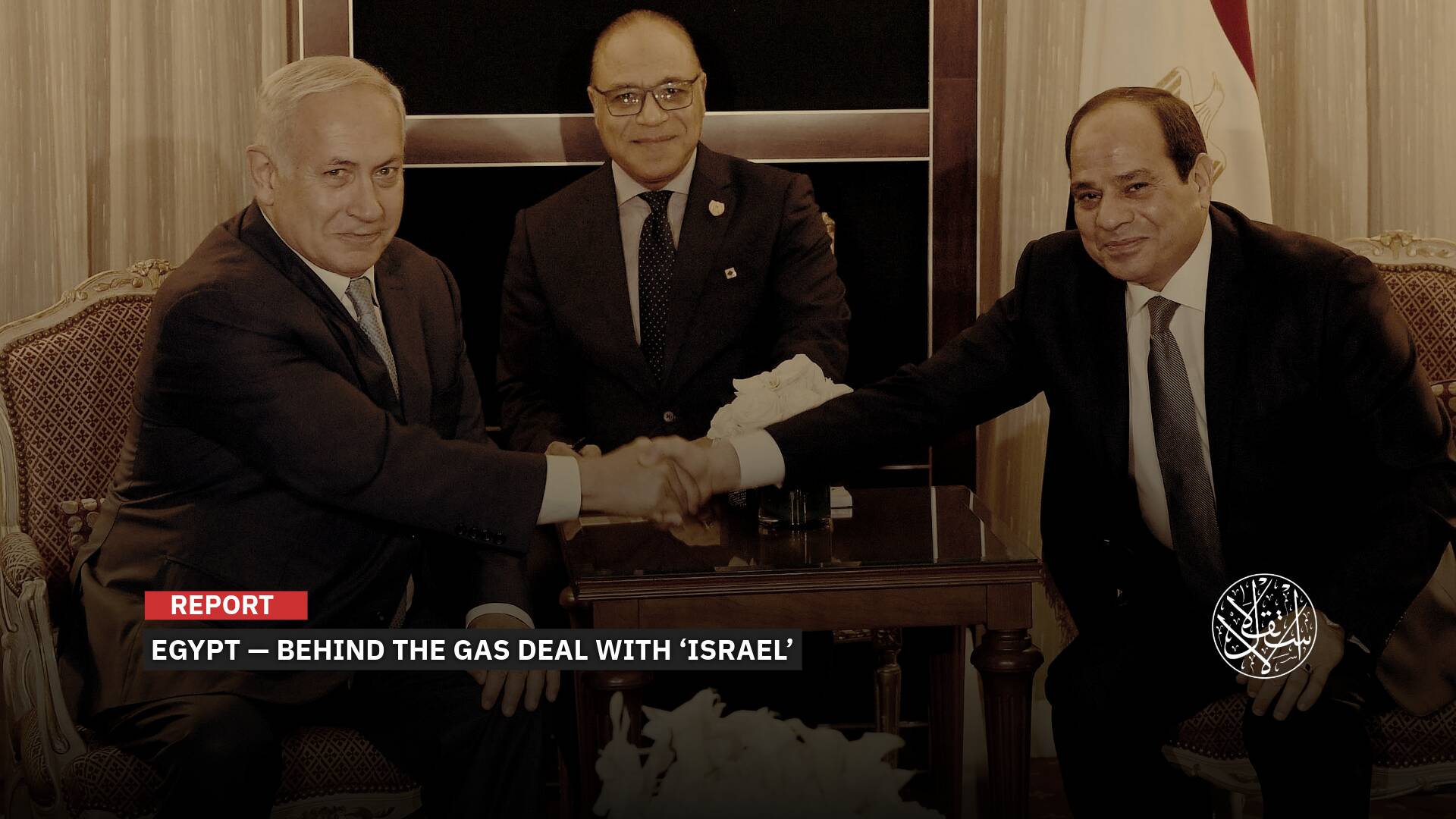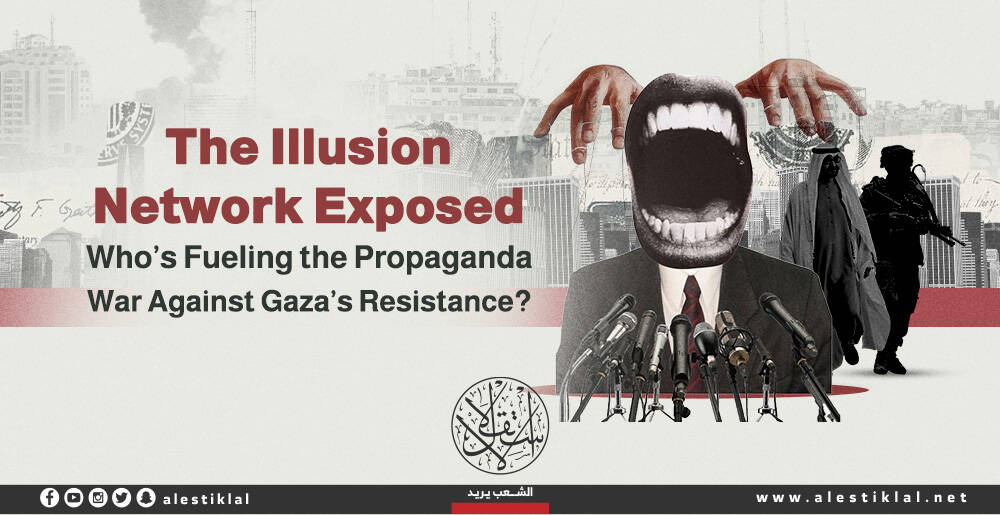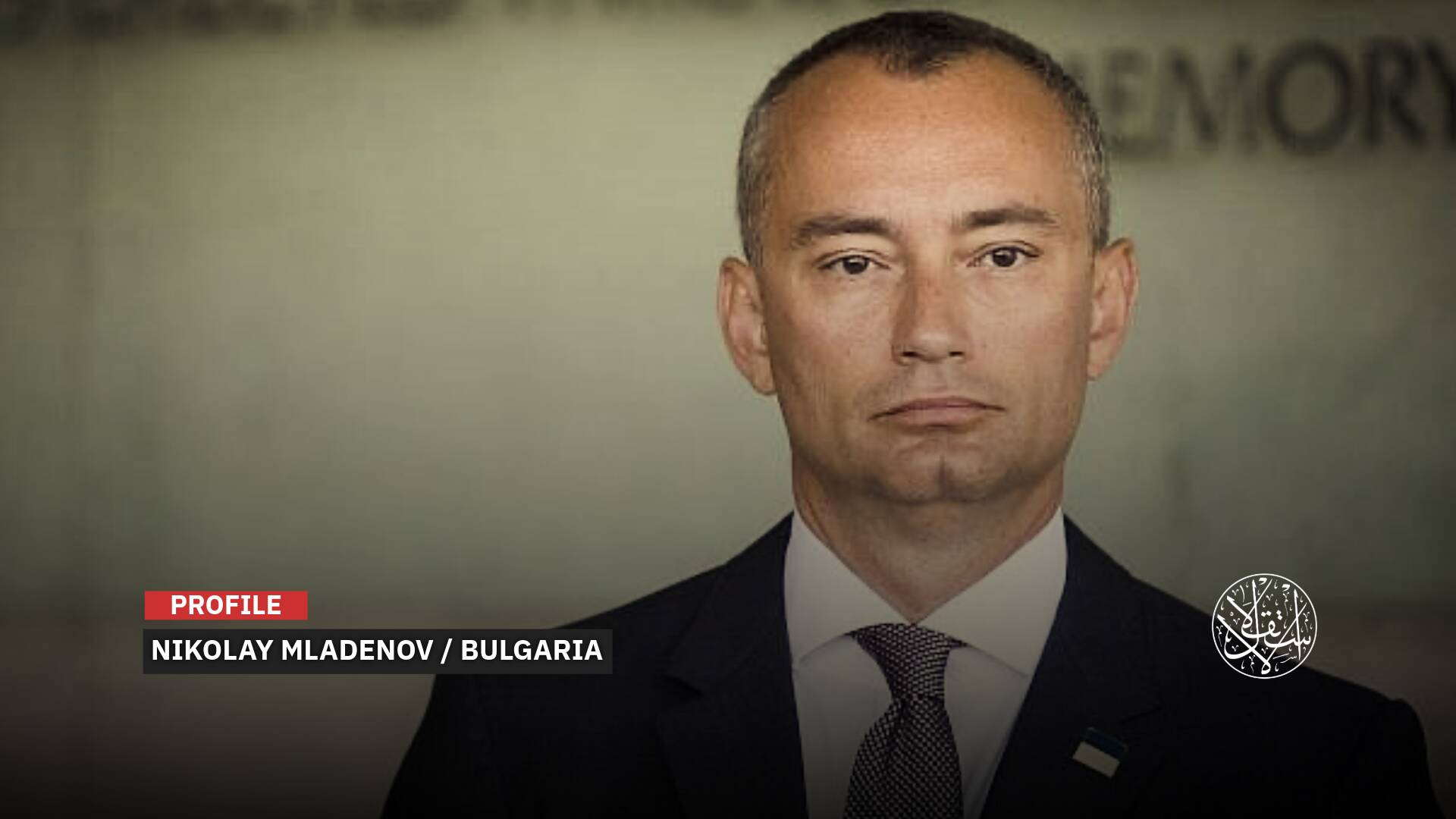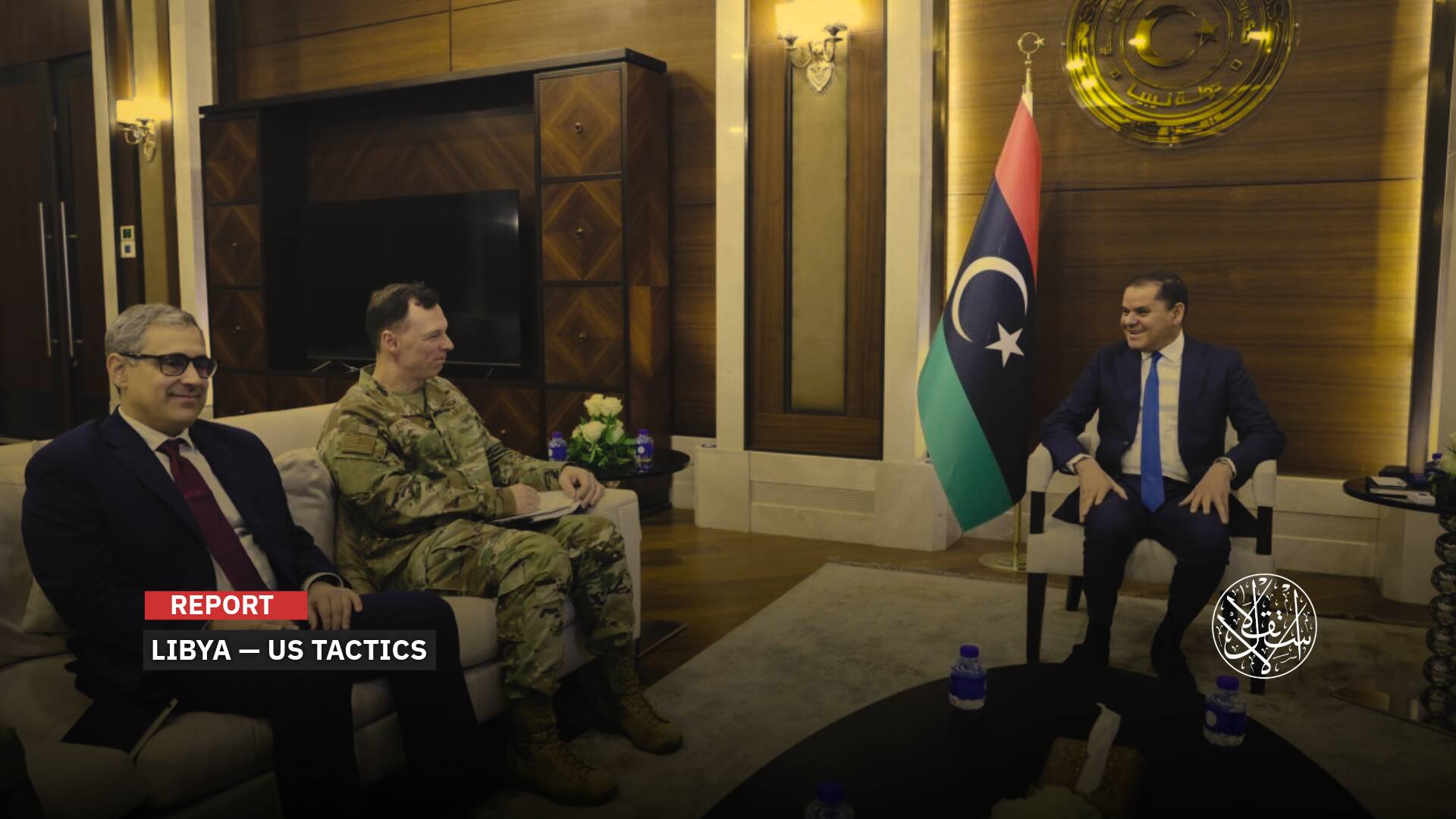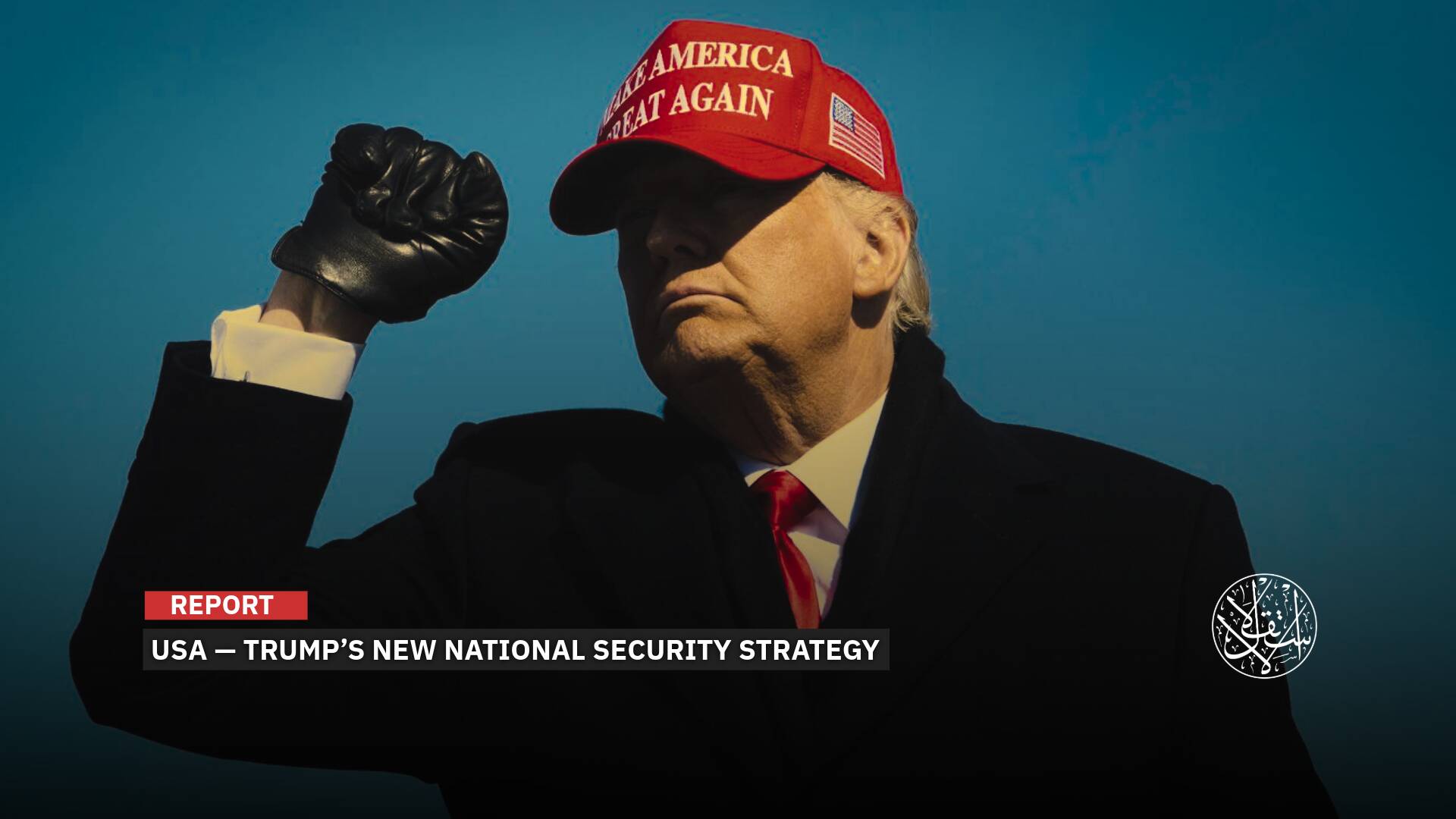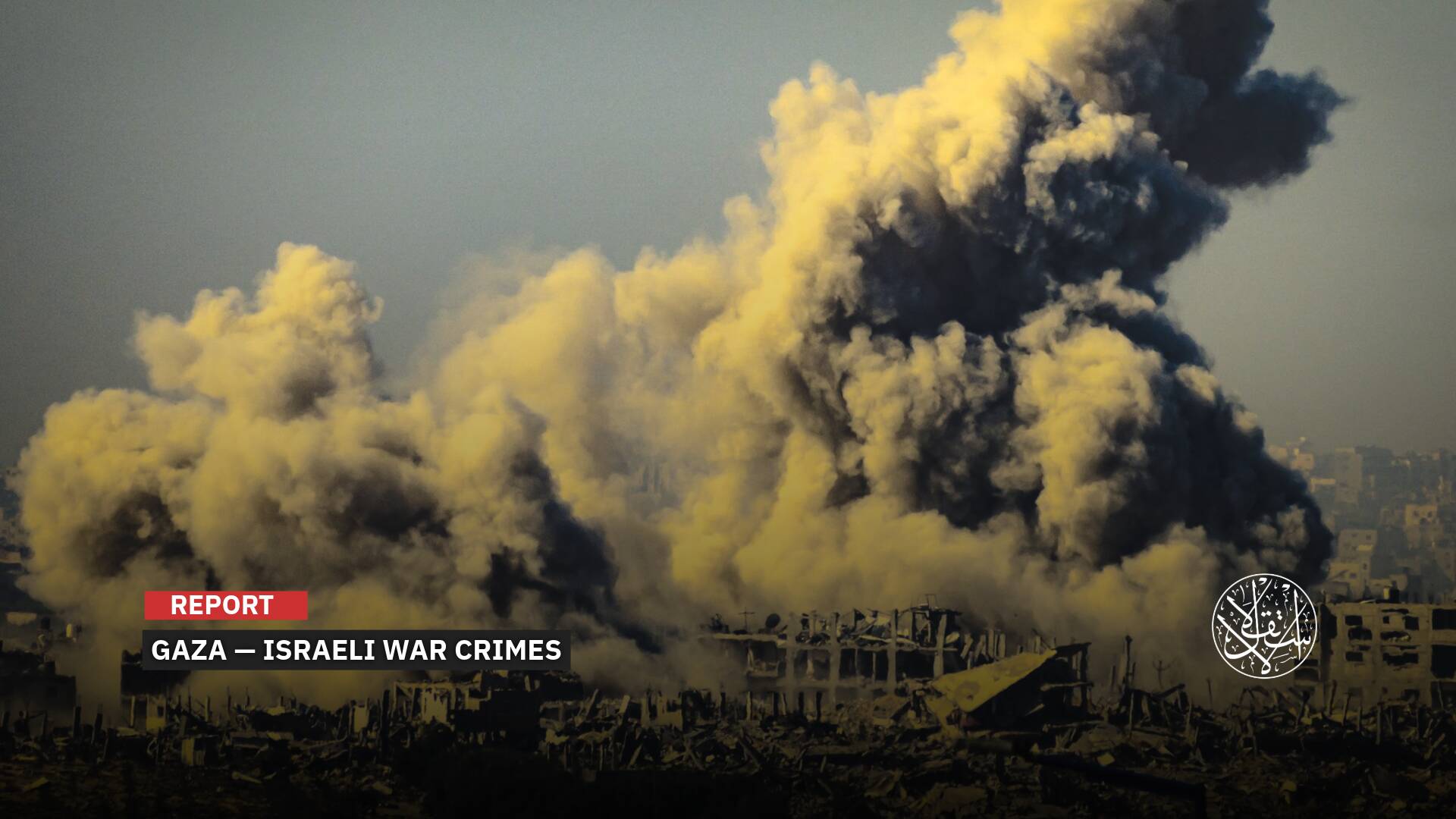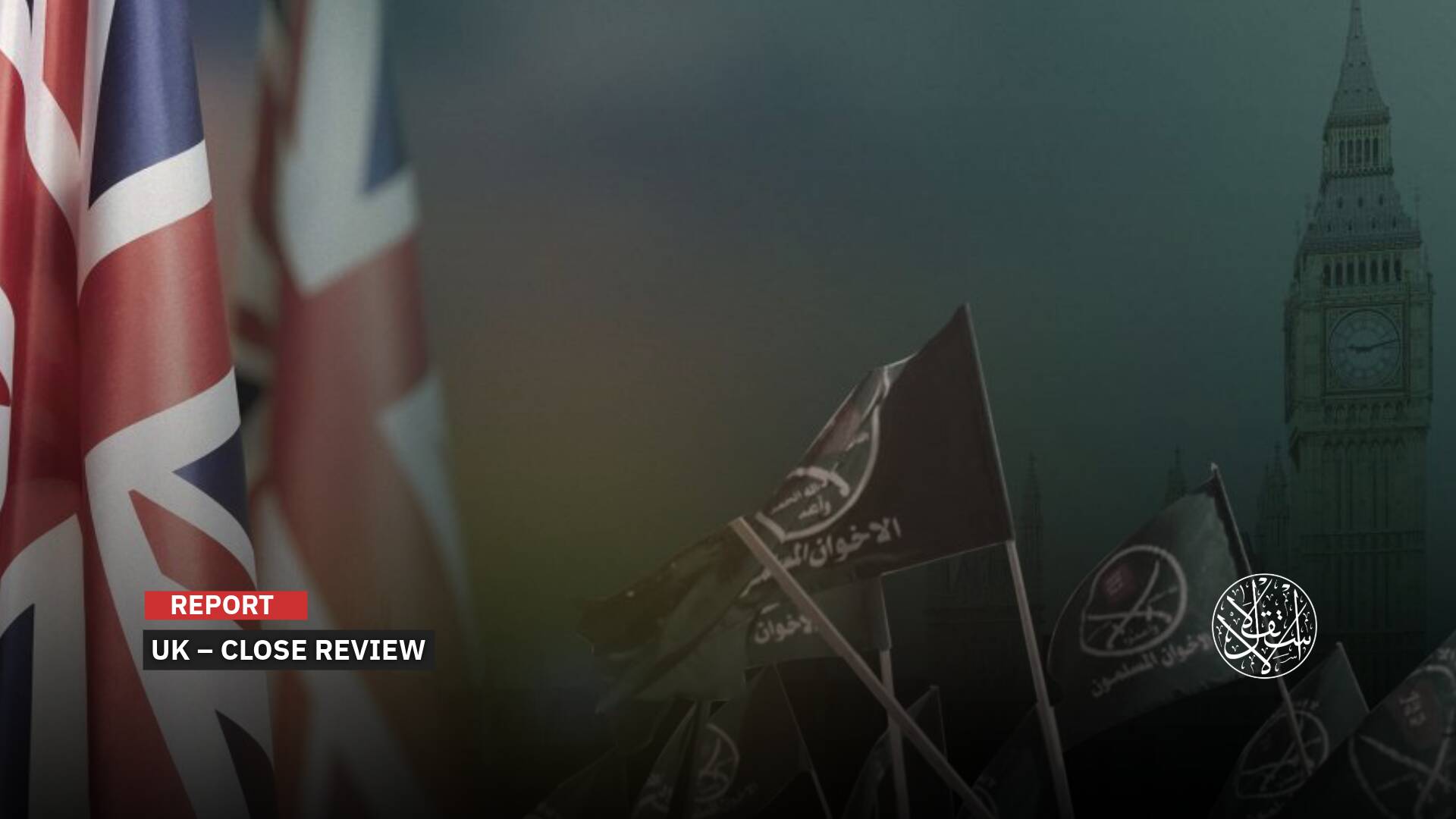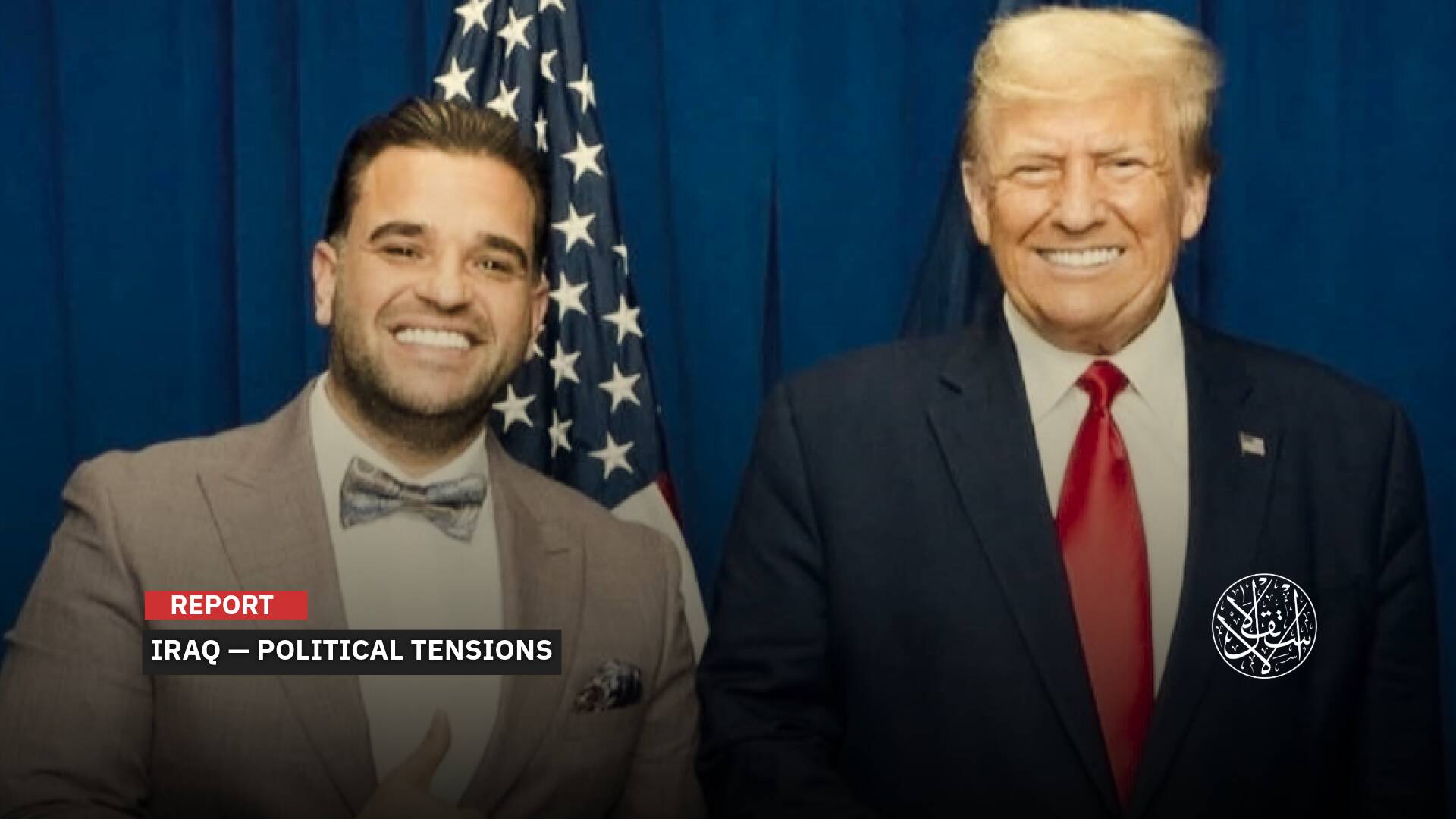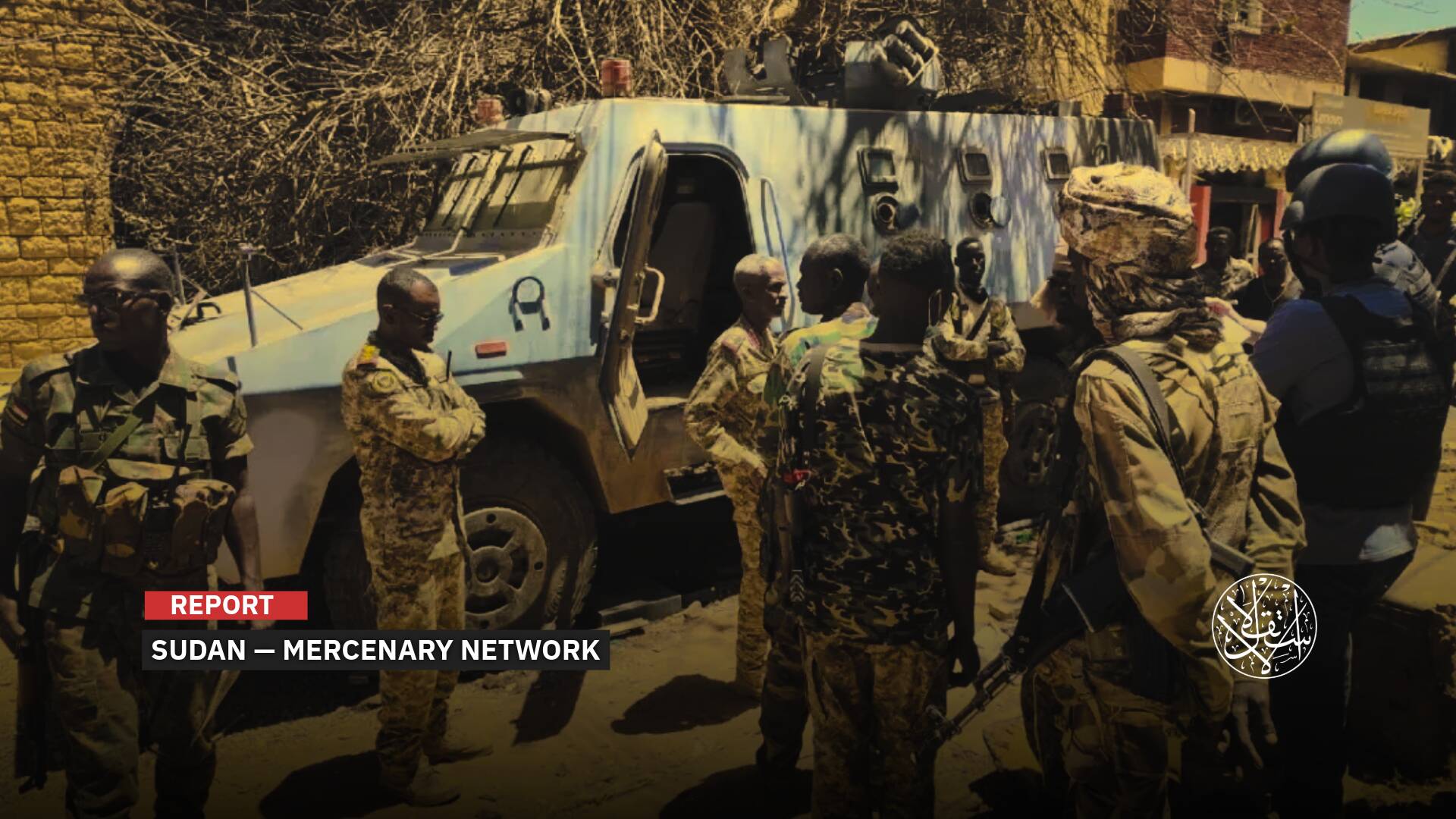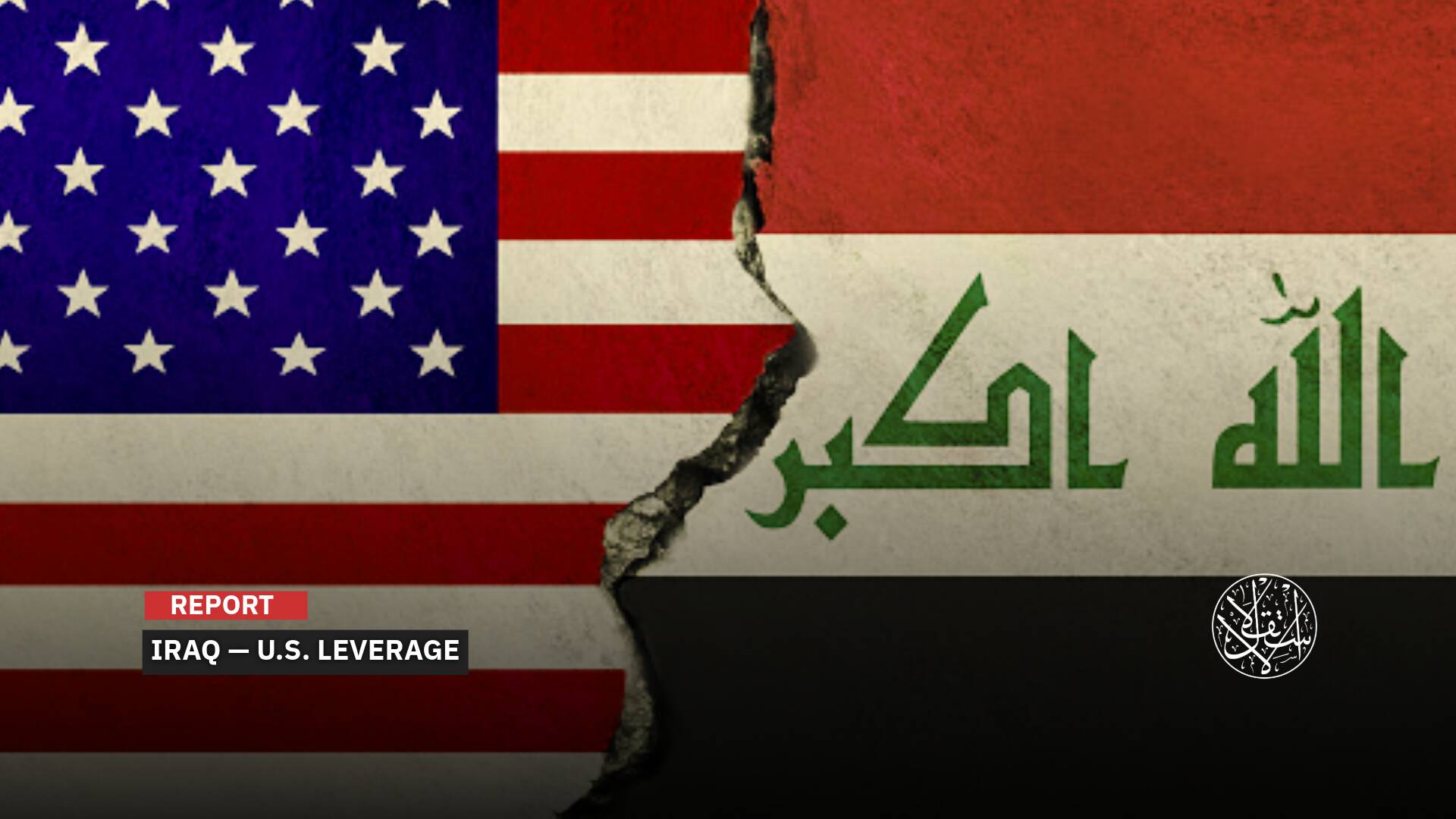How Western Media Outlets Covered the Ceasefire Agreement in Gaza

“BBC staff recently accused the broadcaster of bias in Palestine coverage.”
Bias in reports and articles is a common pattern and contradicts the concept of neutrality that the media and newspapers should have.
Many media voices agree that there is a clear bias by many Western media outlets in favor of Israel in every confrontation or war against the Palestinians.
During the recent Israeli war on the Gaza Strip, this bias appeared clearly and intensely, and in several forms, the most important of which was the use of rhetoric supporting Israel’s brutal actions, the use of misleading terms and language in reporting events, and the focus on Hamas attacks and Israeli civilian casualties.
This bias is observed even in media outlets that pride themselves on adhering to strict journalistic standards, such as the BBC, the New York Times, The Times, the Financial Times, the Washington Post, and others, exposing how events are reshaped, and sometimes distorted or exploited.
Unbalanced Coverage
The announcement of a ceasefire between the Israeli occupation and Hamas on January 15, 2025, was supposed to be a moment of human reflection on the scale of the catastrophe that Gaza has experienced, after 466 days of continuous bombing, which claimed the lives of more than 46,000 Palestinians, and destroyed entire neighborhoods.
Instead, most Western media outlets framed this news within a balanced diplomatic framework, ignoring the suffering of the Palestinians, to become a pale background in the scene of the geopolitical power struggle.
While the humanitarian tragedy in Gaza was ignored or reduced to passing phrases, the focus of Western media was on the details of the terms of the truce and the political gains of the active parties.
“Israel” has killed 82 people in Gaza since the announcement of a ceasefire commencing on Wednesday, but Western media is up to the same tricks of downplaying and burying.
Associated Press and New York Times have yet to cover it, while Sky News has not named the attacker.
The Times focused on portraying the ceasefire as the result of equal negotiations between the two sides, an approach that overlooked the depth of the humanitarian crisis in Gaza.
The headline: ‘Gaza ceasefire sows seeds of future conflict. So what happens now?’ suggested that it was the truce itself, not the aggression, that threatened stability in the region.
The report was devoid of details about civilian suffering, mass displacement, and massive destruction of infrastructure, and instead delved into the politics and alleged strategies.
This approach is typical of Western media that seeks to present a balanced narrative, even when one side – Gaza – is the obvious victim of crimes and abuses.
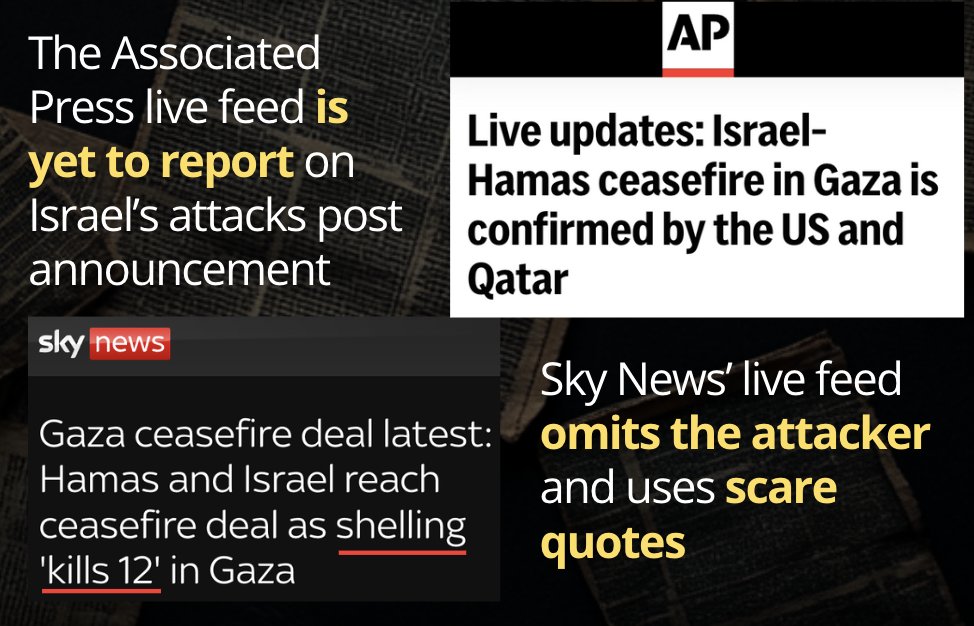
In its coverage issued on January 15, the BBC focused on the exchange of accusations between the two parties regarding violations of the truce, in a narrative that suggests an equivalence of power between the Israeli occupation and the besieged Palestinians.
Despite mentioning the number of victims, the coverage was absent from any indications that clarify the imbalance of power, making the battle appear as an equal confrontation, not a unilateral attack on a disaster area.
The coverage also ignored the context of the siege that has been going on for years, and international accusations that the Israeli occupation has committed war crimes, making the Palestinian tragedy appear as a passing reality in an ongoing conflict.
Last November, the BBC was accused by more than 100 of its staff and more than 200 from the media industry of giving Israel favourable coverage in its reporting of the war on Gaza and criticised for its lack of accurate evidence-based journalism.
The I News newspaper, for its part, briefly and sparsely covered the humanitarian situation in Gaza, including casualty figures, displacement crises, and restrictions on humanitarian aid, but they were not the focus of the coverage, and were instead supplemented by political reports that focused on regional stability.
This coverage ignored human rights calls to hold the Israeli occupation accountable for what was described as war crimes, and the coverage seemed to justify the international position of hesitation in directly condemning “Israel.”
The Financial Times focused on Israeli Prime Minister Benjamin Netanyahu’s warnings about the fragility of the agreement, with some details remaining under discussion.
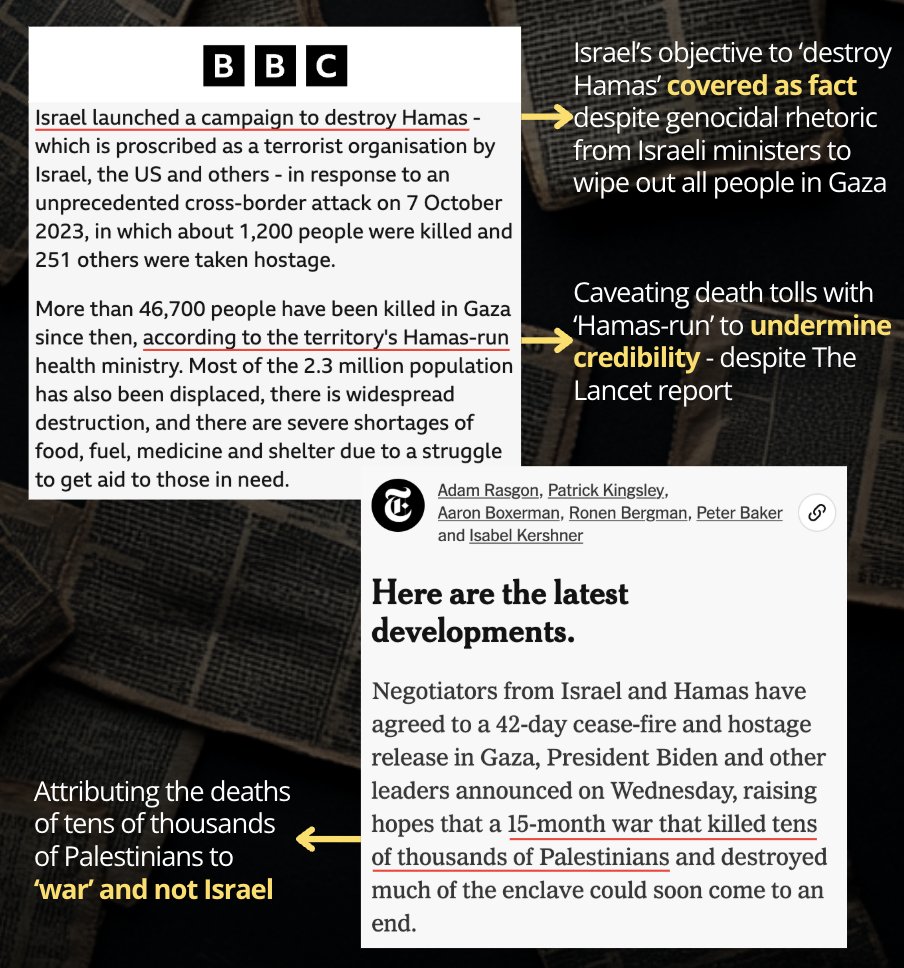
Cautious Hope
On the other hand, the Middle East Eye coverage, titled: ‘Life will start again': Palestinians in Gaza react to ceasefire announcement’ was a notable exception.
It gave space to the stories of the displaced, told in their own voices, to express their cautious hope amid their deep sorrow.
Journalists Mohammed al-Hajjar and Ahmed Aziz provided live accounts of the devastation: homes destroyed, families displaced, and entire communities uprooted.
The report rejected the approach of minimizing the scale of the crimes committed, highlighting the resilience and suffering of the Palestinians at the same time, and reminding the reader that the story of Gaza is not just a political conflict, but a painful human story of survival and resistance.
In turn, journalist Iyad Hamad explained in a statement to Al-Estiklal that “Western media outlets continue to present the Gaza war as an equal confrontation, to obscure the reality of the ongoing suffering that Palestinians are experiencing under Israeli occupation and siege.”
“Much of the coverage continues to hold Hamas responsible for the escalation, ignoring the responsibility of the Israeli occupation for its excessive bombardment and systematic violence against the besieged Gazans,” he added.
Mr. Hamad concluded that “minimizing or ignoring the scale of the humanitarian disaster contributes to undermining the image of the victim, and promoting narratives that strip Palestinians of their humanity in the eyes of public opinion.”
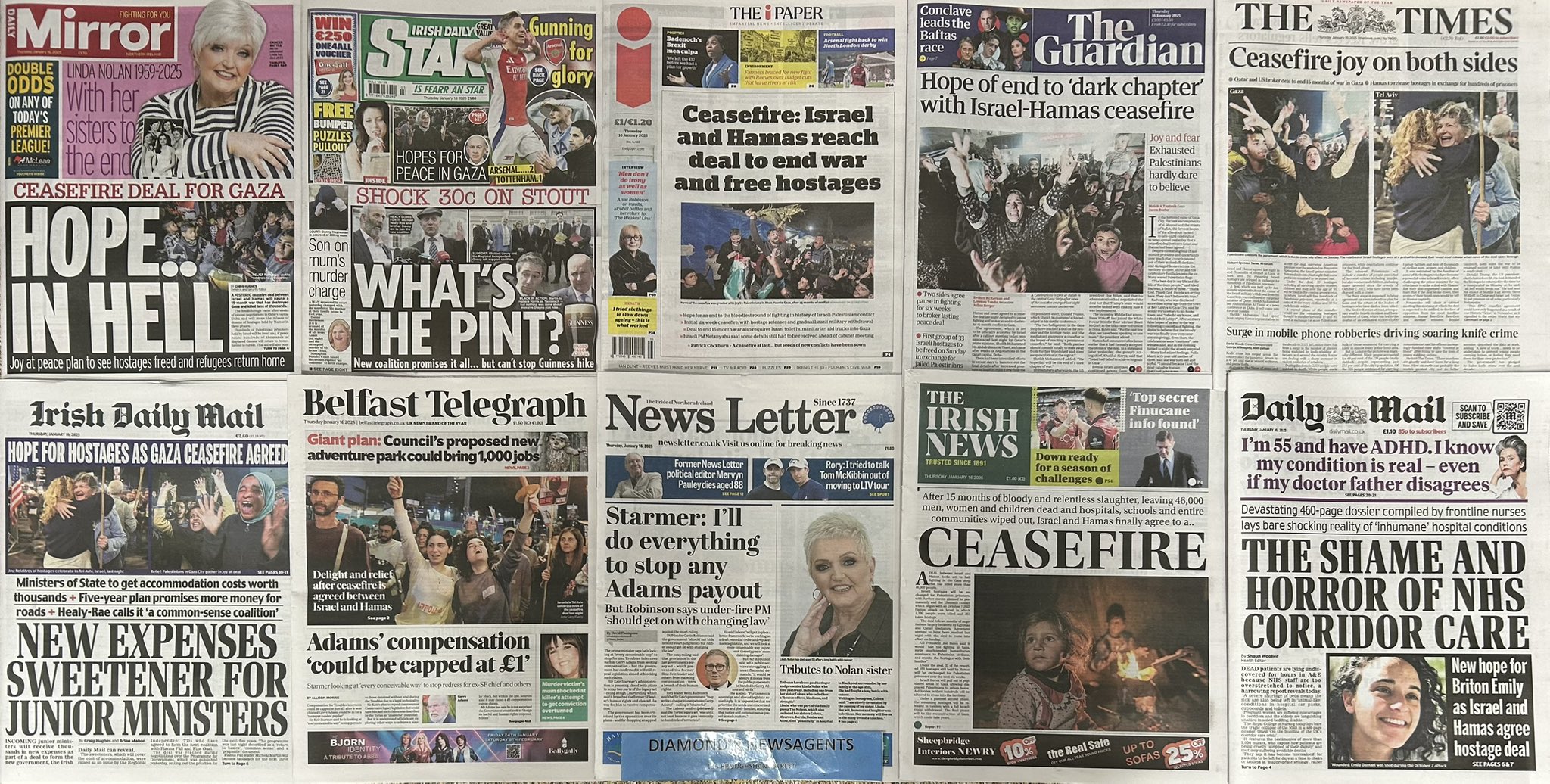
Blatant Bias
At a time when people are thirsty for the truth, Western media continues to cover international events with a double standard logic that lacks the minimum elements of fairness.
Despite its long history in news production and its claim to adopt objectivity, its coverage of conflicts, such as the Israeli war on Gaza, remains governed by a colonial lens that perpetuates the narratives of the dominant powers, ignoring the suffering of the occupied peoples, and justifying the crimes of the brutal occupation.
This Western media reproduces injustice by portraying the Israeli aggression on Gaza as a legitimate defense, and the Palestinian struggle for liberation as terrorism.
Since the outbreak of the Israeli aggression on Gaza, thousands of examples have emerged that embody the blatant bias in Western media.
For example, the New York Times published a headline, saying: ‘War and Illness Could Kill 85,000 Gazans in 6 Months’.
The headline came out coldly, ignoring the fact that this potential catastrophe is a direct result of the Israeli war machine that has been relentlessly bombing Gaza and besieging it for years. This headline reflects an attempt to absolve the Israeli occupation and neutralize its responsibility for this tragedy.
This approach reflects how the Western media treats the Palestinians as victims of misfortune or natural disasters, while deliberately neglecting to mention that the catastrophe is the work of the Israeli war machine.
In light of the genocide broadcast live on social media, most Western media outlets are trying to dilute the war, dehumanizing the Palestinians.

A study conducted by the Acrimed website revealed that French newspapers such as Le Parisien, Le Figaro, Liberation, and Le Monde devoted very limited coverage to the Gaza massacre compared to their coverage of the October 7, 2023 attack.
A study by The Intercept, which included more than a thousand articles in major American newspapers, including the New York Times, Washington Post, and Los Angeles Times, also showed that media coverage was biased in favor of “Israel” in the first weeks of the Gaza war.
In addition, a study by data scientists that analyzed 600 articles and 4,000 posts on the BBC website showed that Western media follow a pattern in dealing with Palestinian and Israeli deaths.
While Israeli victims are referred to by their names and social relationships, such as mother, son, and granddaughter, phrases such as ‘150 died today in Gaza’ are used when talking about Palestinians, which dehumanizes them and reduces them to mere numbers.
This disparity in media coverage contributes to the blind bias in favor of the Israeli occupation and hinders the formation of any sense of empathy for the suffering of Palestinians.
Sources
- Bowen: Long-overdue ceasefire may stop the killing but won't end the conflict
- 'Life will start again': Palestinians in Gaza react to ceasefire announcement
- War and Illness Could Kill 85,000 Gazans in 6 Months
- Coverage of Gaza War in the New York Times and Other Major Newspapers Heavily Favored Israel [Analysis]
- Analysing the bias in BBC reporting on Palestine [Analysis]
- Palestine's absence: Le Parisien continues and takes the front page [French]
- Gaza ceasefire sows seeds of future conflict. So what happens now?


